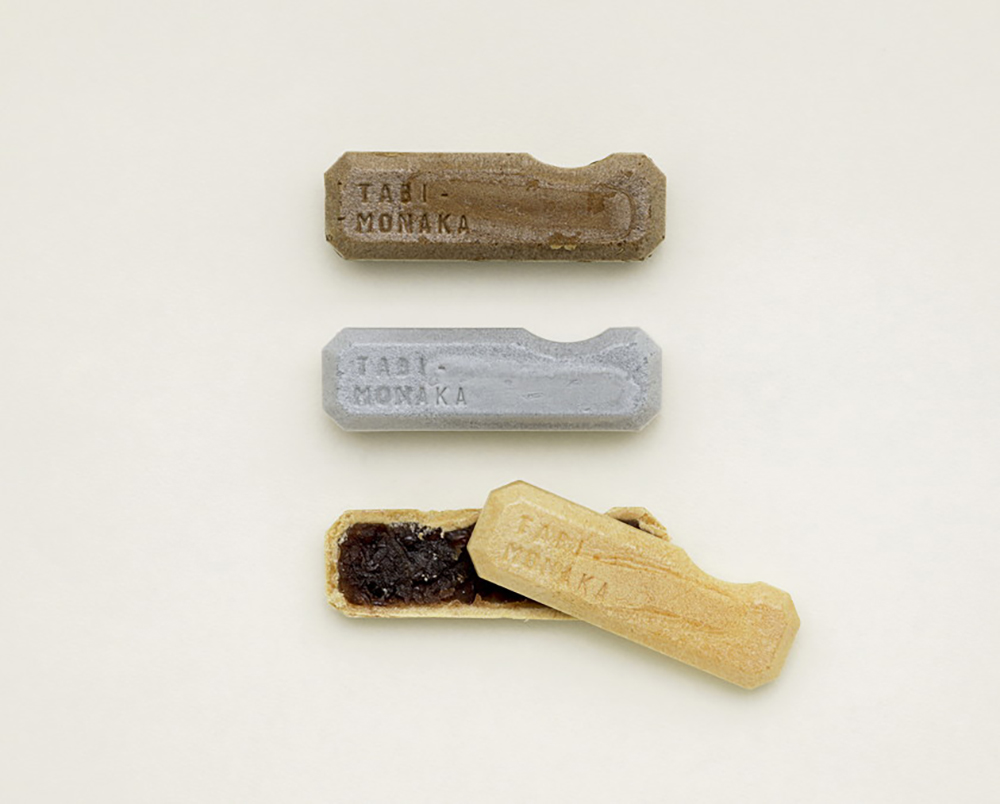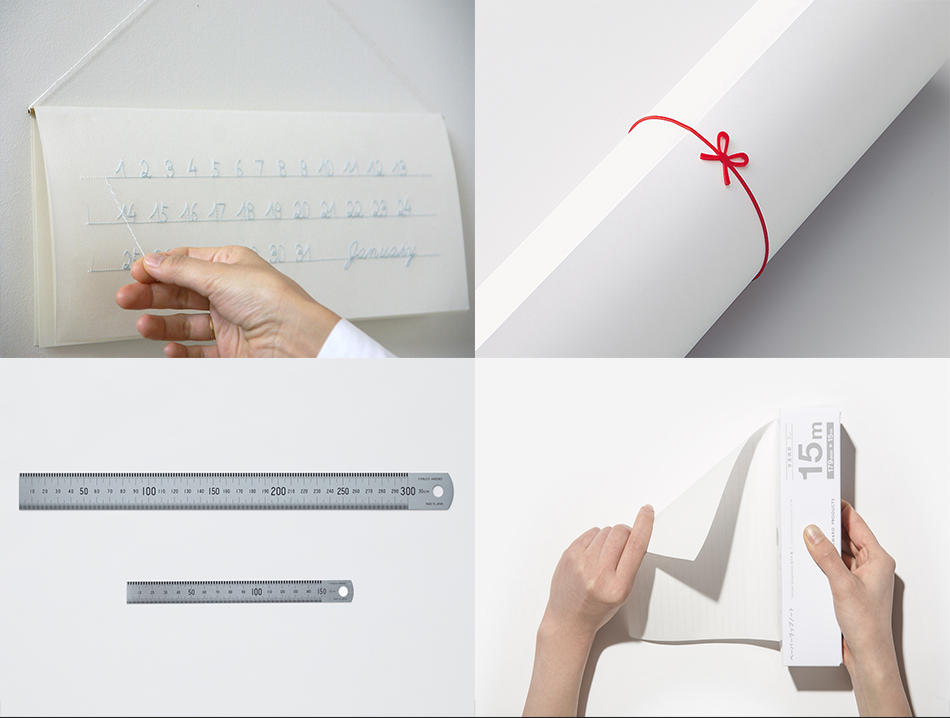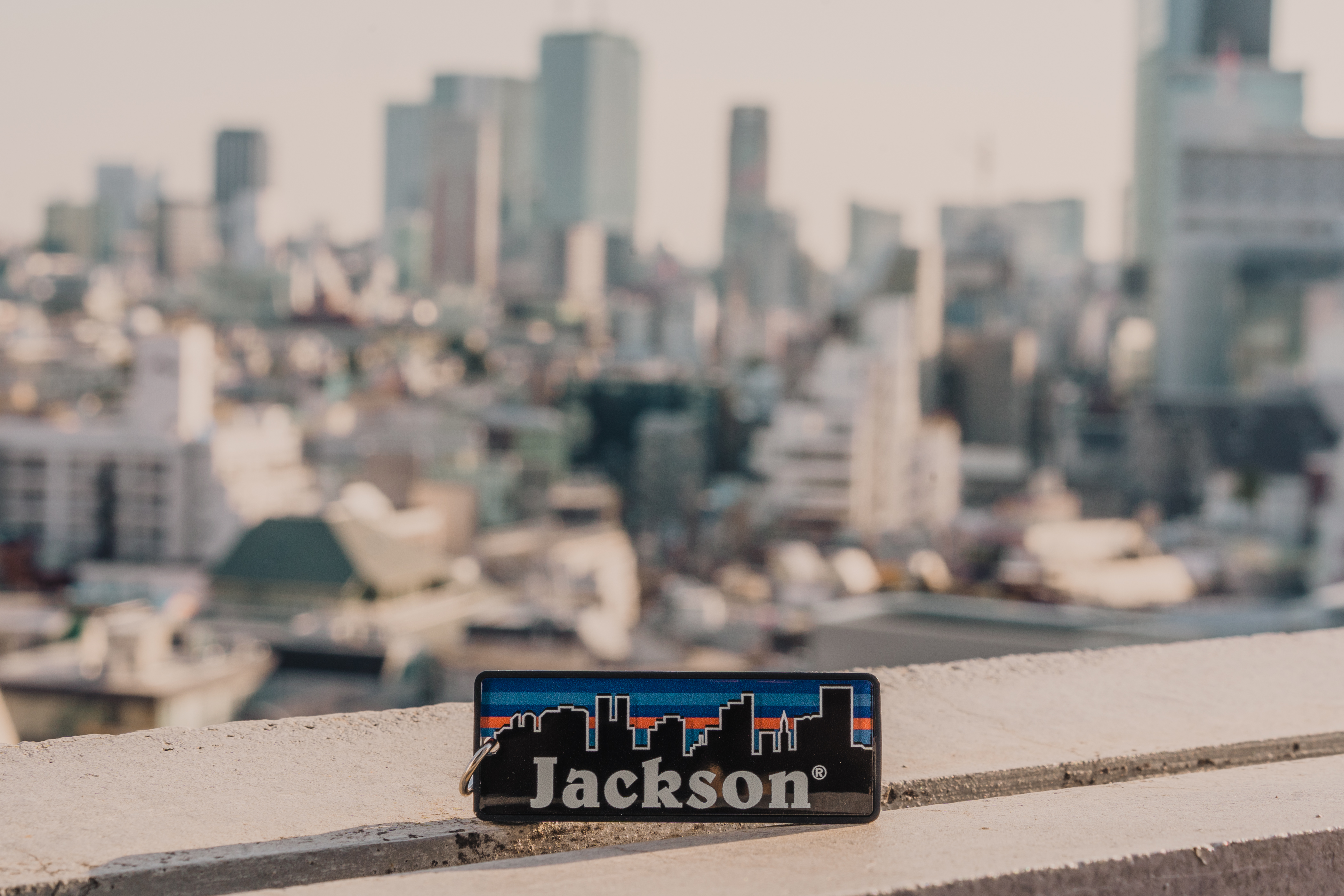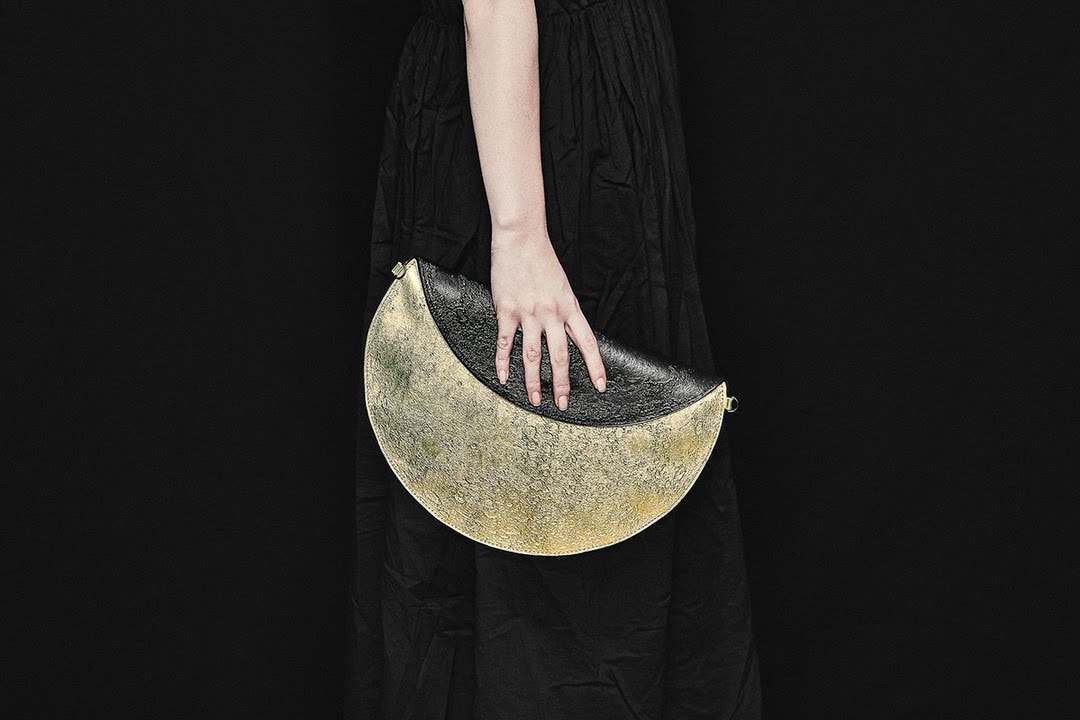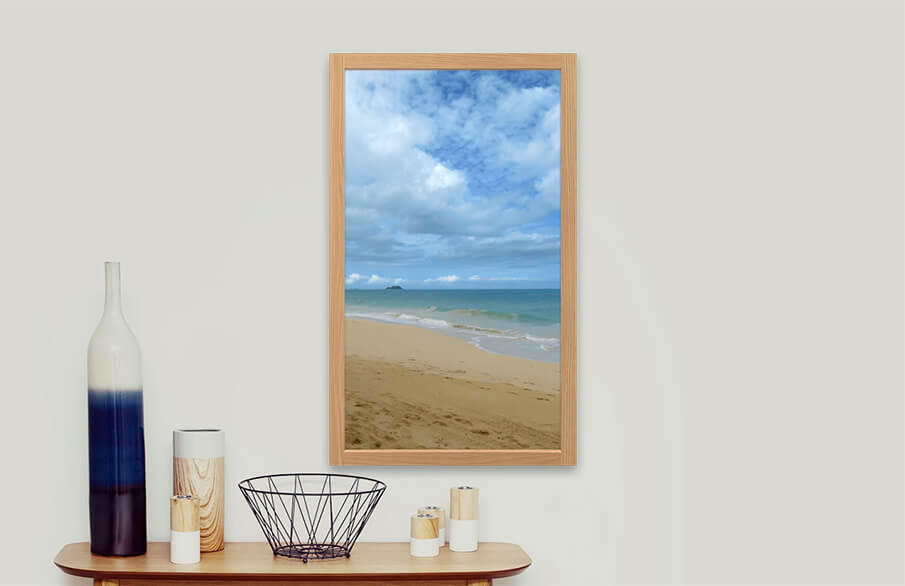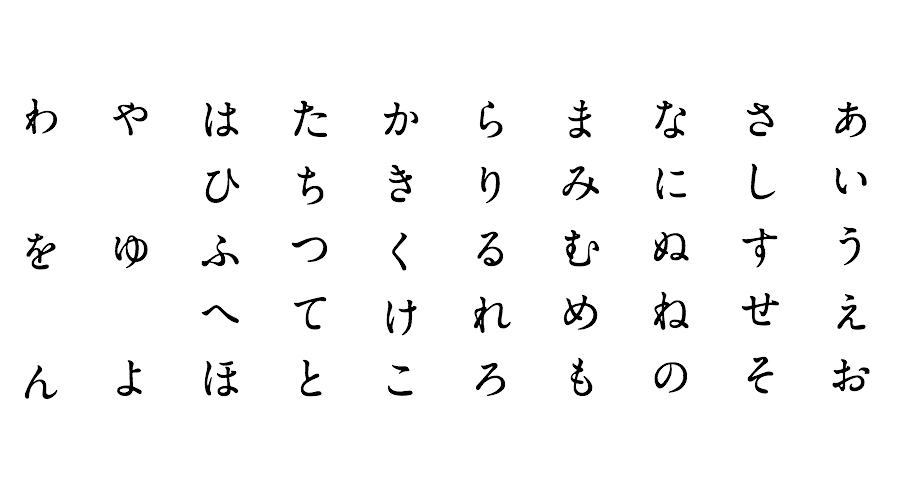The country under the sea(level)
Hello it’s Nana! As you know by now, I am from the Netherlands, a country that is known for the tulip flowers, windmills, wooden shoes, cheese markets, canals of Amsterdam and millions of bicycles.
What sometimes is left out is the fact that the Netherlands is a country that exists under the sea level, with the lowest point being -6.76 meters. Flood control, human-made dikes, dams and floodgates provide a defense against storm surges from the sea, which we need. The ‘Netherlands’ translates to ‘Low Country’ in Dutch. This is due to the fact that about half of the surface area is less than 1 meter above sea level. My home itself is located -4.2m under sea level and if it weren’t for the dikes, the country would look very different.
The Dutch battle against the sea never stops, and now with the climate change growing rapidly, The Netherlands has to take extra precautions to prevent being engulfed by the sea. But how have they been able to survive so long ‘under the sea’?
It all started approximately 1000 years ago when farmers started building the first dykes in order to gain land and to start farming. Windmills have been pumping the water off the land since the 14th century and slowly the Dutch started claiming land from the sea.
In 1953 there was a heavy storms which caused the North Sea flood, leading to the deaths of many. The Dutch swore that this would never happen again. A commission was installed and a plan was made to connect the South Holland province with Zeeland through dams. This project was called the Delta Works.
The Delta Works is a complicated collection of locks, sluices, channels, bridges, slides, dams, dikes, storm surge barriers and gates working together to prevent the flooding of a large area of land. It has been successful in keeping the land dry. The Delta Works was successful enough to have inspired other countries, such as the multifunctional delta dikes in Tokyo, Japan.
One important factor that differs between the dikes in the Netherlands and Japan, is the fact that the dikes in Japan have to be earthquake resistant while the dikes in the Netherlands do not.
Besides the Delta Works, a more recent and ecological project emerged. The Sand Motor (also known as The Sand Engine) is an experiment and a way for the Dutch to build together with nature, instead of against it. By depositing sand into the sea at the range of 1km into the sea and 2 km wide where it joins the shore, they let nature pick up the sand and let it be relocated to where it had to be. It is a unique project that if successful will be able to protect the coast in a more sustainable and natural way.
The deadly beauty known as the sea is a beautiful but strong force that wants to claim back what was hers, making the battle against the sea a continuous one.










